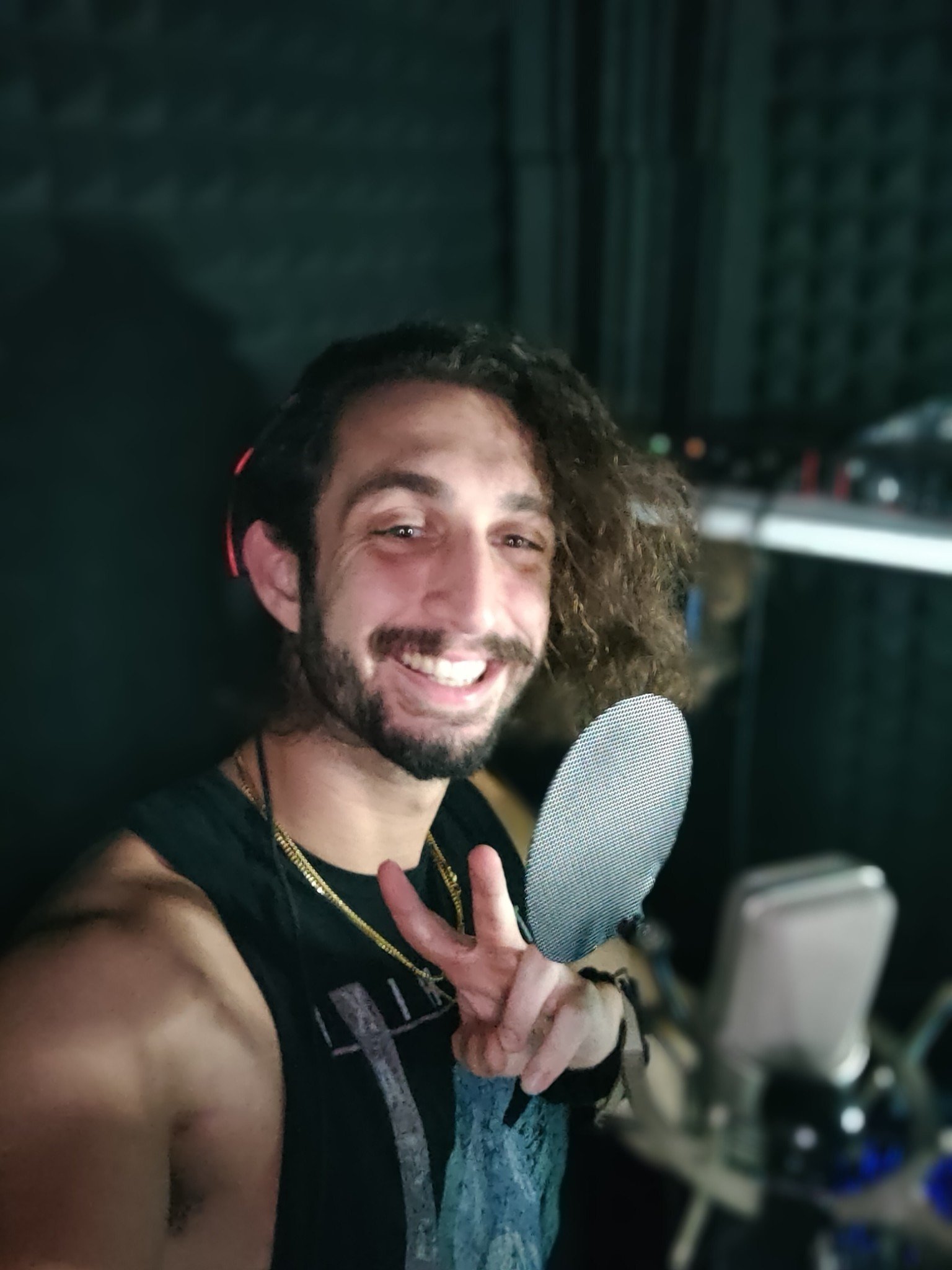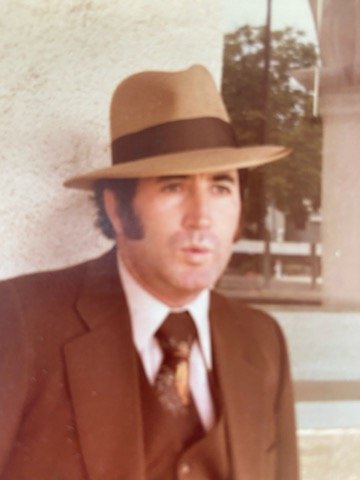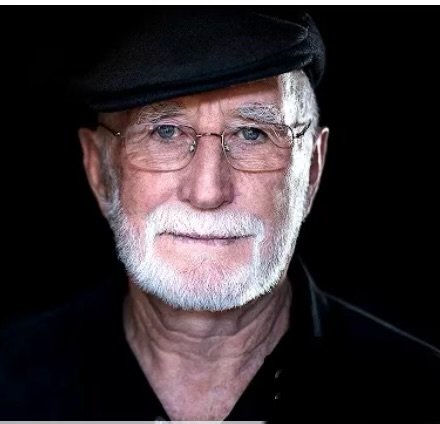By: Nate Myers
If your livelihood depends on your voice, it must always be ready and in the best of health, especially if you’re performing for long periods of strain or stress.
Singing, Voice Over, Narration, there are many career paths to leverage your voice. Luckily, the ways to preserve your voice and ensure a long career are the same regardless of the industry.
A quick note before we dive in: If you have a voice made of gold and want to explore Voice Over as an additional source of income, we have a series of classes designed specifically for you: http://www.voiceshopcoaching.com/class-schedule
Exercises:
Before recording or performing, it’s important to warm up your voice. Many exercises help your voice get ready without straining or damaging it. These include:
Yawning: Relaxes your voice and extend your range
Lip Buzz/Motorboat: Warms up your lips for precise annunciation.
Loosen Your Jaw: Typically, when performing or recording, your jaw will want to drop lower than usual—yawn without opening your mouth to get a good stretch.
Voice acting requires warm-up exercises to get the best vocal performance. Voice coach Mike George (right) helps to refine the voice of a voice-over student at The Voice Shop in New York City.
Diet:
In general, vocalists and voice-over artists will want to maintain a balanced diet. This will ensure better overall health and, by default, better vocal health. The average diet lacks many essential nutrients. While we aren’t health experts, we can say generally:
Do eat protein, plants and veggies, grains, and beans
Don’t eat high-fat and oily foods
Drink plenty of water (Vocal Hack: room temperature is ideal before recording or performing)
Before showtime, we can provide more specific guidance. Water, toast, cantaloupe, and warm herbal tea are perfect! Foods like milk, ice cream, bacon, citrus, and alcohol will hold your upcoming performance back.
Daily Routines:
The general consensus is to be careful and avoid over-training your voice. If you feel a strain in your vocal cords, always stop, take a break, or even call it a day. Practicing singing songs or reading scripts for 30 minutes a day can help improve the strength of your vocal cords over time. Just remember to warm up first.
Medical narration specialist Anne Ganguzza talks about daily vocal practices to keep your voice at peak performance.
Tips for Longer Sessions:
If you have a big performance or recording session coming up, your work begins the day before. Stay hydrated and get a good night’s sleep. Set yourself up for success.
On the day of, drink a bottle of water an hour before your take(s). Then, warm up correctly, and don’t rush it. Don’t schedule more than 3 or 4 hours at a time. Take breaks as needed. Bring water with you into the booth.
Recovery:
Advice for recovery is more straightforward than performance. In essence, use your voice sparingly and carefully. Avoid shouting or screaming (no horror movies). Drink plenty of water (if you haven’t noticed a trend yet). With proper rest and hydration, your recovery should be quick. Please note that vocal cord damage is a real concern, and if you’ve pushed your voice too hard, we recommend seeing a medical specialist.
And that’s it! Pamper your voice, and it will serve you well!
Again, when using your voice in other ways to make money, The Voice Shop offers extensive coaching on Voice Over, different niches of the industry, and navigating the audition process. To learn more, check out our home page or upcoming classes!
The Voice Shop Home: http://www.voiceshopcoaching.com/#home-section
Upcoming Class Schedule: http://www.voiceshopcoaching.com/class-schedule




















